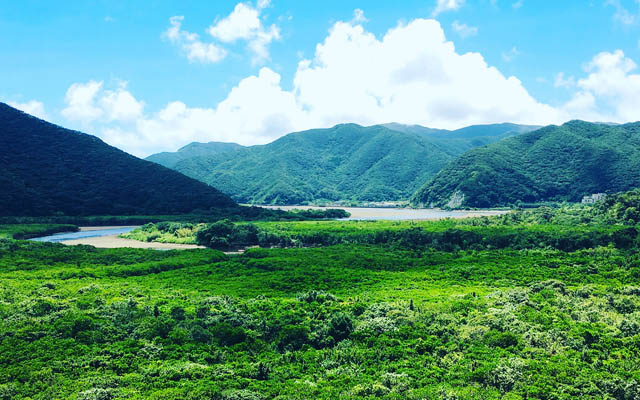Eleven rural destinations in Japan, from Hokkaido to Okinawa, will receive intensive support this fiscal year to attract more luxury travellers. The move by the Japan Tourism Agency (JTA) is part of efforts to spread the consumption of high net worth inbound travellers, thereby contributing to regional regeneration.
Running from April 2023 to March 2024, this new project will develop 11 model destinations based on five aspects: sales, accommodation, local human resources such as guides, overseas networks such as agents, and transportation.

The most northerly destination is eastern Hokkaido, an area renowned for wild open spaces such as Kushiro Marsh, the largest marsh in Japan, and Shiretoko, a World Natural Heritage Site home to rare birds, whales and orcas. In the south, the volcanic regions of Kagoshima, Aso and Unzen (covering Kagoshima, Kumamoto and Nagasaki prefectures) were selected, along with the islands of Okinawa and Amami Oshima, which were named a World Natural Heritage Site in 2021.
Other sites include the mountainous areas of Nara and Wakayama prefectures near Kyoto, the Seto Inland sea area (covering the prefectures of western Honshu and northern Shikoku), and Hokusatsu, an area renowned in Japan for its 400 years of lacquerware history.
The selected areas, which were chosen following a pubic call for applications in August 2022, will be developed into “model tourist destinations offering high-value-added inbound tourist attractions” suitable for international arrivals who spend more than one million yen (US$7,478) per capita during their stay, according to the JTA.
Spending by this group accounted for 11.5 per cent, or 552.3 billion yen, of total expenditure by inbound visitors in 2019, despite the group making up only one per cent (290,000 pax) of all tourist arrivals. However, much of that expenditure was made in Tokyo and Osaka, particularly in shopping, reflecting the concentration of tourism spending in Japan’s urban areas.




















